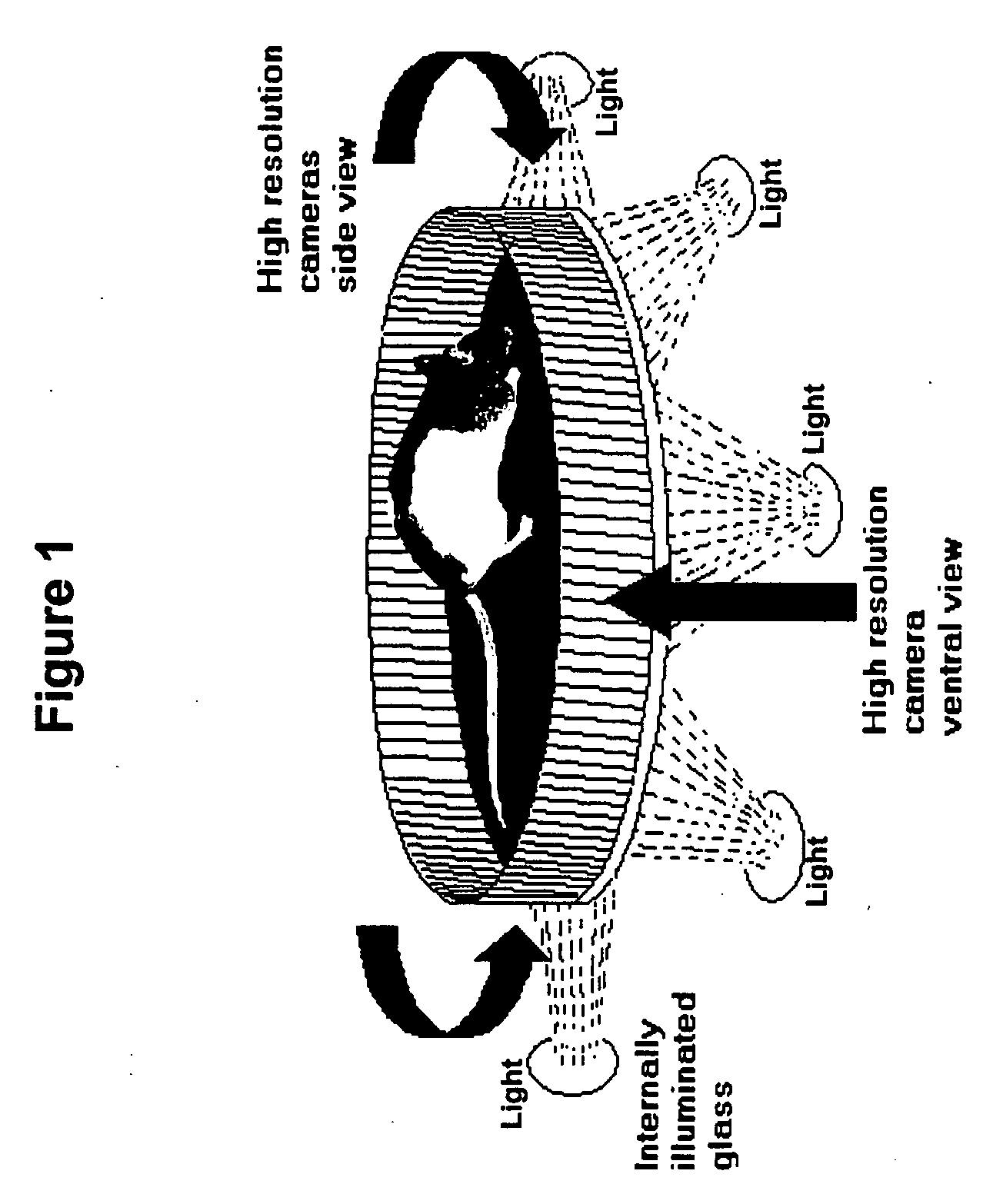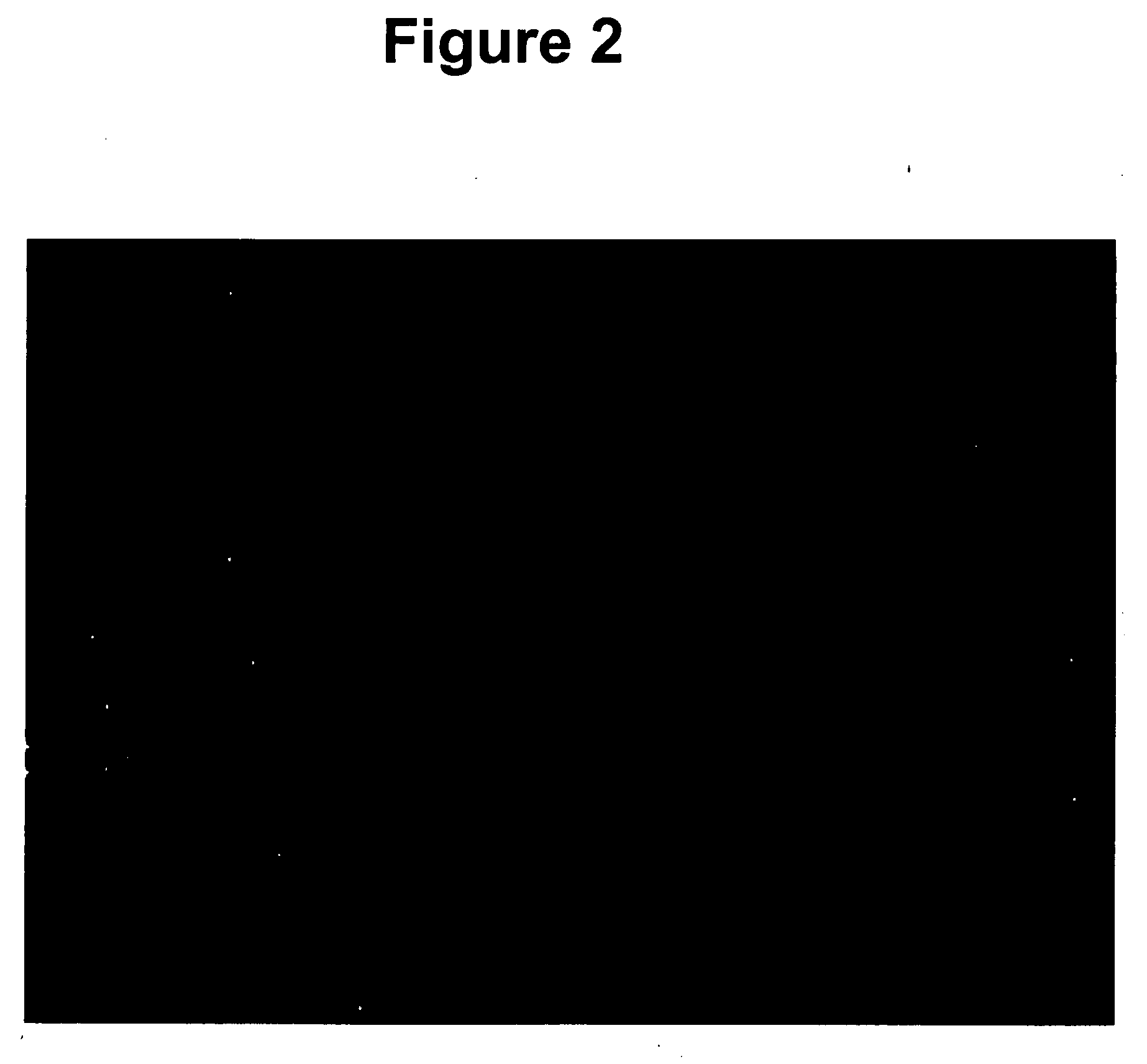System and method for assessing motor and locomotor deficits and recovery therefrom
a technology of locomotor deficit and system and method, applied in the field of system and method for assessing motor and locomotor deficit and recovery therefrom, can solve the problems of difficult challenge, less suitable for rodents, and difficult to assess the degree of motor dysfunction in an animal model, whether acutely or over a longer term, and achieve the effect of facilitating the capture of video data
- Summary
- Abstract
- Description
- Claims
- Application Information
AI Technical Summary
Benefits of technology
Problems solved by technology
Method used
Image
Examples
example
Animal Model for Using Computer Vision to study SCI Recovery in Rats
[0059] Animal models of SCI mimic contusive injuries, as seen in the majority of SCI, and may be induced in rats by weight drop or forceps compression methods, which methods are described briefly below for injury at the thoracic level of the spinal cord. Following injury at the thoracic level, for example, animals display paraplegia analogous to SCI in humans. Assessment of injury induced at a lumbar region of the spinal cord will also produce paraplegia, whereas injury induced at the cervical level can produce quadriplegia. The severity of the injury will affect the severity of the paralysis, and may be adjusted, within limits, accordingly.
[0060] The weight drop procedure is the most widely accepted method for SCI in animals. Female Long Evans rats are anaesthetized to a surgical level with isoflurane delivered with medical air. All animals are treated with antibiotics to prevent post-surgical infections and anal...
PUM
 Login to View More
Login to View More Abstract
Description
Claims
Application Information
 Login to View More
Login to View More - R&D
- Intellectual Property
- Life Sciences
- Materials
- Tech Scout
- Unparalleled Data Quality
- Higher Quality Content
- 60% Fewer Hallucinations
Browse by: Latest US Patents, China's latest patents, Technical Efficacy Thesaurus, Application Domain, Technology Topic, Popular Technical Reports.
© 2025 PatSnap. All rights reserved.Legal|Privacy policy|Modern Slavery Act Transparency Statement|Sitemap|About US| Contact US: help@patsnap.com



